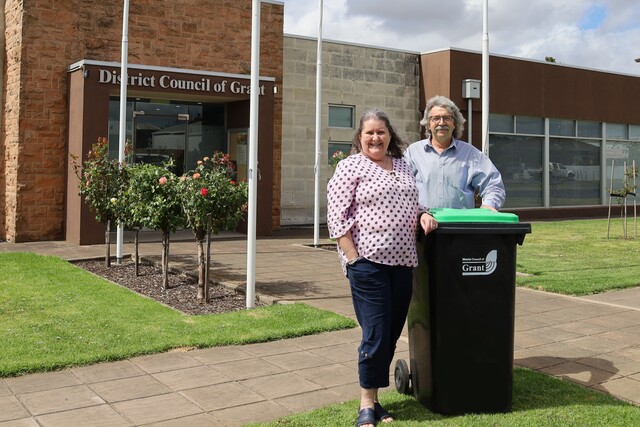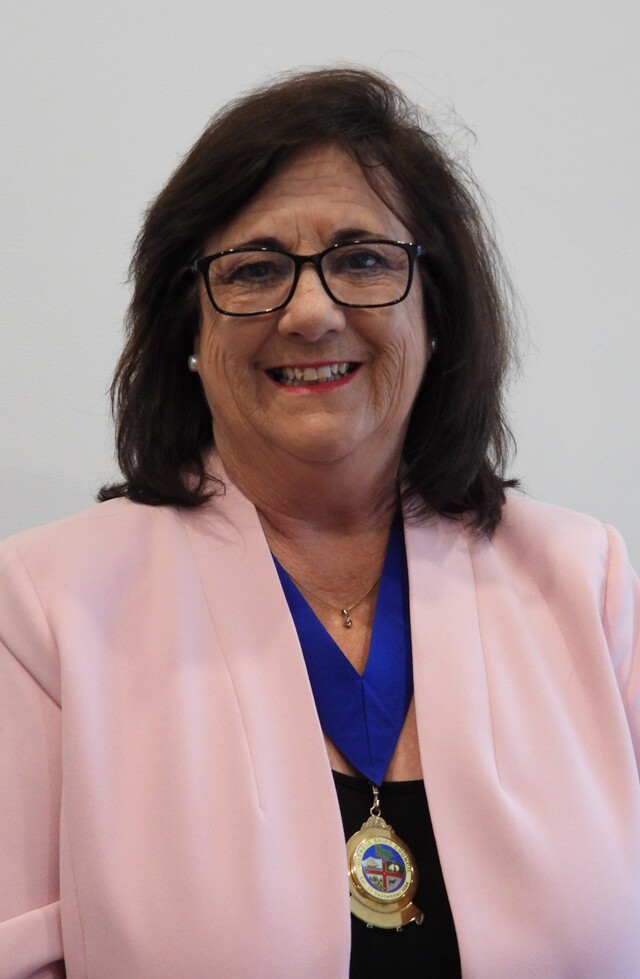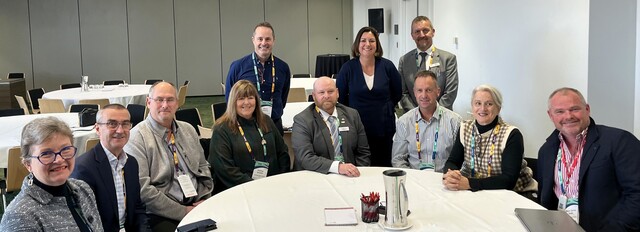The UK Experience by Malcolm Morley *
May in England not only heralds the start of better weather and anticipation of the Rugby World Cup, but also voting in Council elections. As with the World Cup, the elections bring their own mix of optimism and apprehension. This year, however, they bring even more. May will see the most extensive test of e-voting yet in England with 18 Councils taking part in electoral pilots.
This may not seem earth shattering in volume terms but it is a significant step forward. Central Government has thrown down the challenge to Local Government that it must illustrate its democratic legitimacy and relevance to local communities by achieving higher turnouts at local elections. E-voting is one of the methods that Councils are pursuing to respond to this challenge.
The next step is to put in place a secure national database of electoral registers in a common format. Voters eventually will be able to select their candidate for a local election using the internet, by text messaging from a mobile telephone, and by using a digital television.
Security is a key issue but as the retail and banking sectors have already illustrated, system security is not an unsolvable problem. Perhaps more of a challenge will be the security of the PIN given to all those eligible to vote.
The use of technology to engage with local communities is of increasing importance in English Councils. Councils are having to recognise the lifestyle changes taking place within their communities, increased access to the internet, and the need to provide access to services 24 hours per day 365 days per year.
To provide access to the internet and Council services for all sectors of society, Public Access Terminals (PAT) are increasingly being provided by Councils. The City of Newcastle has just opened its first state of the art PAT, where at the touch of a screen members of the public can get access to a wide range of information about the Council’s services, as well as entertainment, leisure and weather news. Liverpool City Council is launching a network of PATs that will allow people to access its services around the clock and to send emails or text messages.
This public interface, however, is of little use unless Council back office systems are organised and managed to deliver the interactivity, flexibility and efficiency required. This often takes investment and access to new skills. Increasingly Councils in England are looking to the private sector to achieve this.
Public Private Partnerships (PPPs) are being used by English Councils to achieve accelerated access to the investment in technology and business process redesign required to enable them to fulfil the potential offered by technology. The private sector provides the upfront investment on the basis of a long term contract to provide services. This investment is off balance sheet for Councils but does tie them into long term revenue commitments.
No one doubts the potential of technology to transform a Council’s interaction with the communities it serves. Public access to technology is increasing, as is its use by the public. The major challenge for English Councils, and particularly the smaller Councils, is financing the ongoing cost of converting the potential offered by technology into reality.
* Malcolm Morley is a Strategic Director of South Oxfordshire District Council. This is one of a series of articles he is writing covering trends in the United Kingdom. He may be contacted by email at Malcolm.Morley @southoxon.gov.uk.
The views expressed in this article are not necessarily those of his employer.







